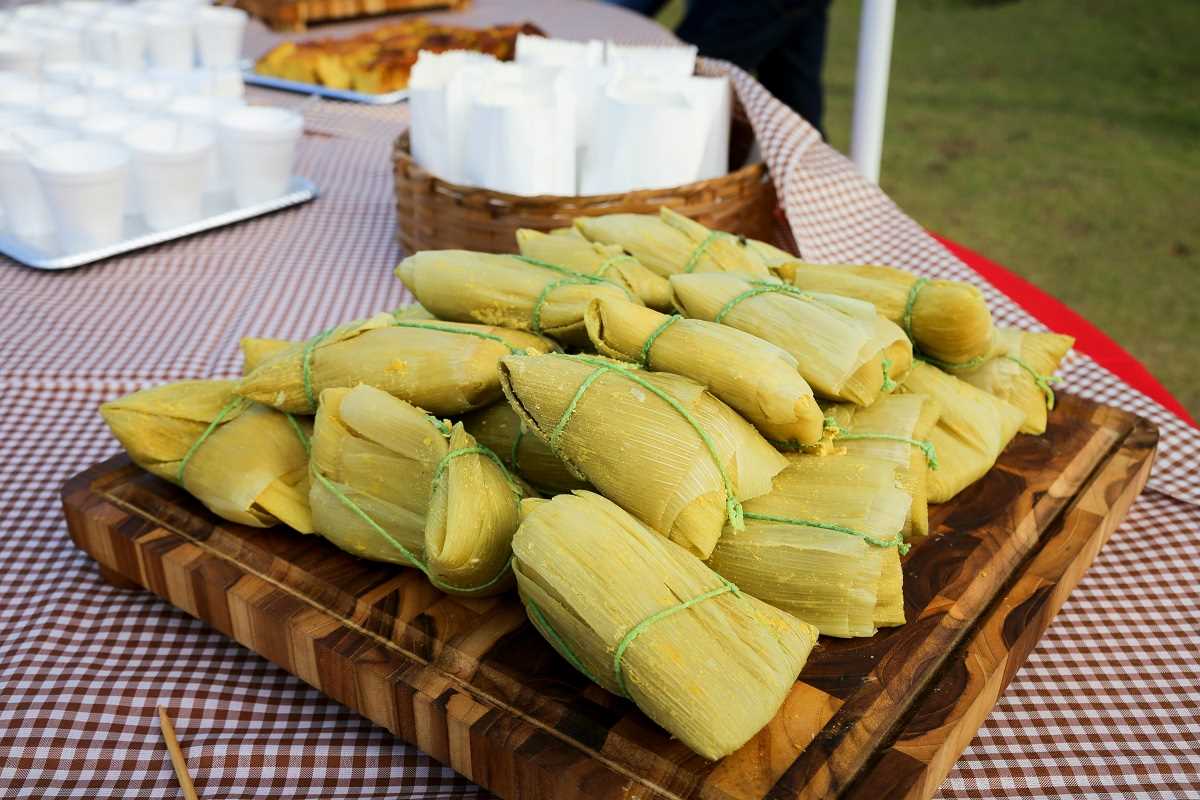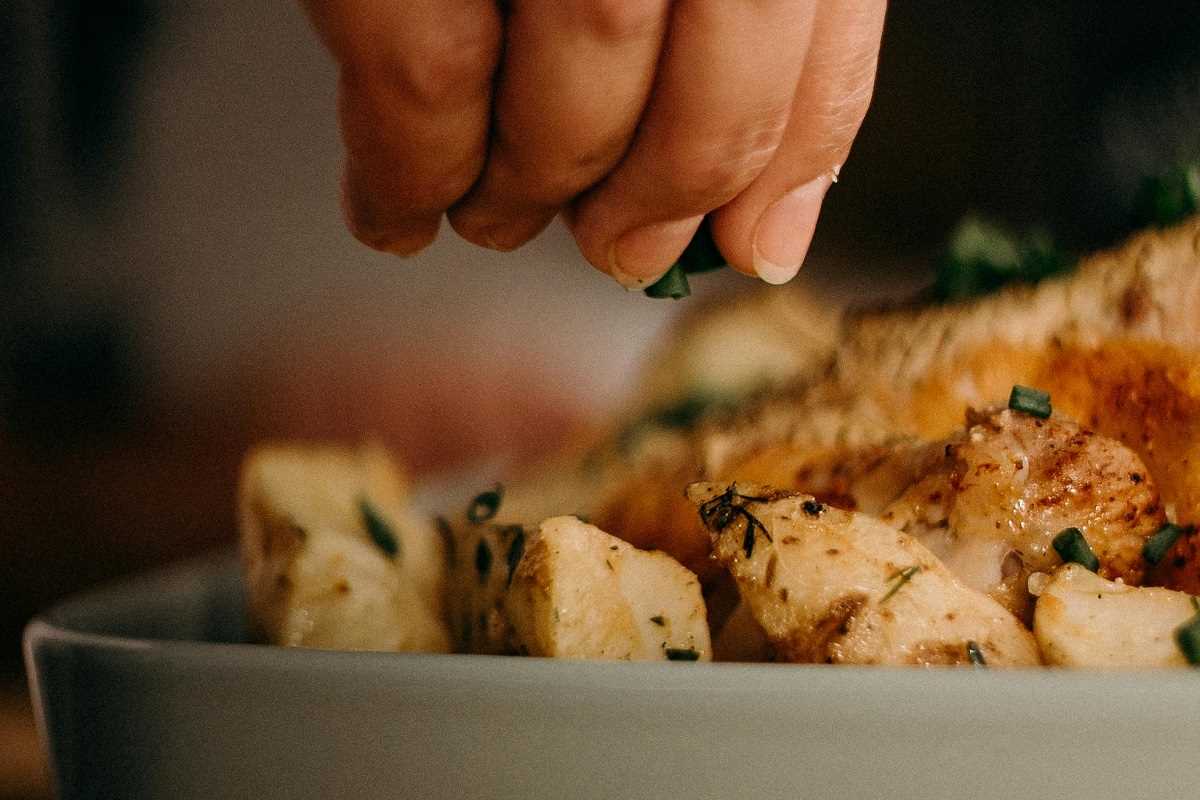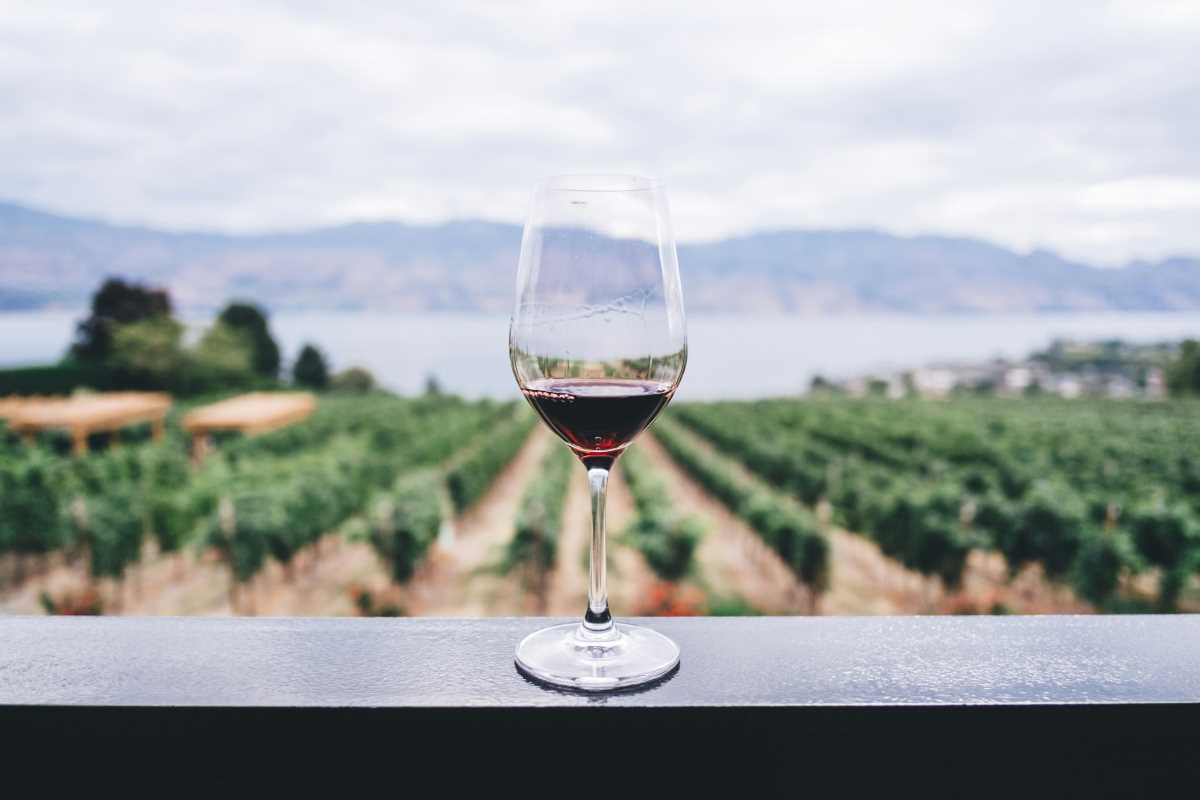Walking through a bustling market, you notice the rich aromas drifting from one stall to the next, tempting you at every turn. Stalls overflow with vivid fruits and vegetables, handcrafted items, and unique snacks that capture your curiosity. The hum of conversation and laughter surrounds you as you move through the lively crowds, pausing to admire intricate crafts and sample delicious local treats. Every step reveals something new to discover, each vendor eager to share the origin or secret behind their offerings. Exploring these markets offers a feast for your senses and a glimpse into the stories carried by every item on display.
Every destination hides its own bustling lane of vendors. You might discover spices lining a narrow corridor in Marrakech or fish stalls gleaming under early-morning sunlight in Tokyo. These vibrant hubs invite you to explore, taste, and uncover the world one stall at a time.
Discovering Unique Market Perspectives
When you wander through markets, you connect with local rituals shaped by centuries of trade. See how vendors arrange spices in pyramids or display textiles just beyond reach to entice curious hands. These subtle cues reveal cultural customs and social exchanges you won’t find in guidebooks.
Take a moment to study how stall owners greet regulars—perhaps by name or with a familiar nod. Learning a simple greeting in the local tongue can turn a routine purchase into a warm encounter. You’ll quickly find vendors more willing to share hidden specialties or let you sample a secret family recipe.
Beyond the Stall
Stepping back from vendor rows, you often find unexpected pockets of activity. A street musician may gather a crowd near a fragrant flower stall, while a local artist sketches scenes on a worn bench. These spontaneous pockets reveal the social heartbeat of each locale and spark moments you can’t plan.
Even in sprawling food bazaars, pockets of calm await if you explore one alley over. Spot a cluster of elders sipping sweet tea, or a workshop teaching pottery just out of sight. You’ll return home richer with vivid stories and fresh connections.
Guide for Navigating Market Stalls Effectively
- Scan Stalls for Specialty Items
- Purpose: Identify rare finds before crowds gather
- Steps:
- Walk the perimeter to note unique stall displays
- Return to promising ones and ask simple questions about ingredients or materials
- Compare offerings across similar stalls for quality and variety
- Cost/Metric: Free survey; sampling may cost a small fee
- Insider tip: Show genuine curiosity—vendors often offer off-menu samples or room to bargain
- Seek Seasonal Ingredients
- Purpose: Taste produce at its peak and discover specialties unique to your trip
- Steps:
- Ask vendors which items just arrived from nearby farms
- Look for handwritten signs or labels indicating seasonal picks
- Plan visits around local growing calendars if possible
- Cost/Metric: Seasonal fruits may cost more but deliver superior flavor
- Insider tip: Small crates labeled in local dialect usually mark new harvests—ask for a sample to test ripeness
- Establish an Interactive Sampling Sequence
- Purpose: Keep your palate fresh and avoid flavor fatigue
- Steps:
- Start with mild items like spiced nuts or dried fruits
- Progress to savory foods such as cured meats or smoky cheeses
- End with bold flavors like chili pastes or sweet preserves
- Cost/Metric: Sample fees typically $0.50–$2
- Insider tip: Carry water or neutral crackers; vendors often share water if asked politely in the local language
- Exchange Currency Directly at Stalls
- Purpose: Smooth transactions and avoid delays at exchange booths
- Steps:
- Carry small bills that match common stall prices
- Confirm if vendors can break larger bills before big purchases
- Offer exact change whenever possible
- Cost/Metric: Exchange rates vary—check a couple kiosks before converting large amounts
- Insider tip: Paying with exact change may earn you a discount or free sample
- Plan Sustainable Purchases
- Purpose: Reduce waste and travel eco-consciously
- Steps:
- Bring a reusable tote or cloth bag for produce
- Ask vendors for paper or banana leaf wrapping instead of plastic
- Reuse packaging on future visits if returning
- Cost/Metric: Cloth bags cost ~$5–$10 but last for years
- Insider tip: Eco-conscious travelers are remembered—vendors may save fresher batches for your return
Food-Focused Travel Plans Around the World
Create itineraries that follow regional specialties day by day. Start mornings at lively breakfast markets, enjoy lunch at local hubs, and explore food stalls at sunset for dinner. Planning your meals around market schedules ensures you experience each moment of fresh flavors.
- Select three main destinations each day, mixing iconic stalls with hidden-side alleys.
- Schedule visits around opening and closing times—some stalls open before sunrise, others at dusk.
- Reserve late afternoons for spice lanes or sweet-treat alleys, when crowds thin and vendors chat more openly.
Advice from Experienced Market Explorers
- Start mornings slowly. Arrive early to see vendors setting up and to enjoy quieter sampling sessions before busy hours.
- Observe vendor routines. Notice when vendors bring out special ingredients—they often do so when sales slow, giving you prime tasting opportunities.
- Carry a small notebook. Write down tips from vendors about local specialties; next time you visit, you will remember exact names and locations.
- Learn simple local phrases. Basic greetings and expressions of thanks help build rapport and unlock off-menu options.
- Use social media sparingly. Search community groups or hashtags for real-time stall recommendations, but verify details in person.
Pack your tote, wear comfortable shoes, and explore the lively lanes of the market for new discoveries and delicious flavors. Every visit promises a unique story.
 (Image via
(Image via





